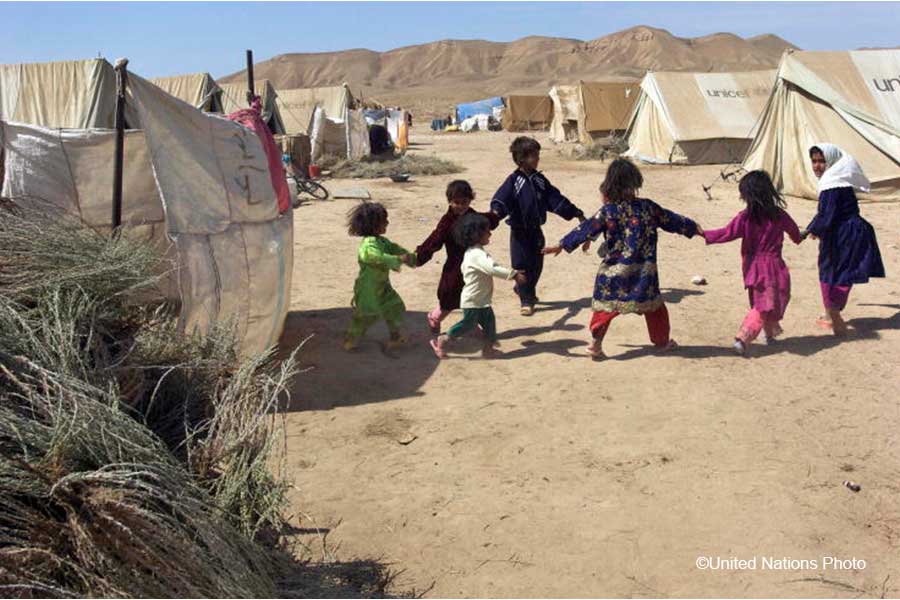Investing in research: Preventing violence against children
It seems like a simple enough concept. Children, who constitute more than 30% of the world’s population, have the right to go to school, receive health care, benefit from social assistance, access a justice system, and be protected from violence and abuse, among others. However, violations of children’s rights remain tragically common across the world, and as many as one billion children under the age of 18 experience some form of violence every year. This exposure is not only a violation of child rights; it can also hamper children’s cognitive development, mental health, educational achievement, and long-term labor market prospects.
Variations across countries are large and historically we have seen some forms of violence declining – both suggesting that it is possible to make progress and protect children. What we need is a better understanding of the nature, extent, and causes of violation of child rights. To be able to develop effective strategies for prevention, there must be an increased emphasis on generating sound evidence globally. But having evidence is not enough in itself; it is equally important to have a comprehensive and integrated approach to addressing violence against children to help accelerate progress in making the world a better and safer place for children.
Responding to the need for a more evidence-informed approach and consolidating the evidence base for this purpose the Campbell Collaboration and UNICEF have produced evidence and gap map on violence against children. The map identifies areas where there is ample evidence to guide policy and practice, and where there are gaps in the evidence base. The tool is mapped against the seven globally recognized INSPIRE strategies to end VAC, making it particularly relevant for the organization, providing accessible evidence that can be used to inform programming and policy-making. The evidence is structured by intervention categories, such as education and life skills and norms and values, and by outcome domains, such as the direct impact on violence and safety and risk factors.

Figure 1: Evidence and gap map on violence against children
The findings summarized in the UNICEF brief highlight that though the evidence base is growing notable gaps remains in the evidence base across geographical context. There is also a need to assess the gendered effects of interventions and on diverse social groups in a given context.
Studies by the UNODC (United Nations Office on Drugs and Crime) show that men are much more likely than women to be both perpetrators and victims of diverse forms of interpersonal violence. Without a critical analysis of how genders are socially constructed, violence prevention can have only limited impacts. A Campbell systematic review on prevention of dating violence among adolescents in school setting highlights, although knowledge and attitude change are important precursors to addressing sexual violence, it is likely this is not sufficient to lead to changes in actual behaviors. This requires focusses efforts for programs to support behavior change examining how prevention programs may shift the peer culture to be less tolerant of dating violence.
We need more gender-integrated interventions for preventing violence and in doing so requires a strategic approach including a strategic approach to building a solid evidence base around it. We call for the international community to join UNICEF and Campbell in doing what it will take to #endviolence against children.
Write to us to know more and to get in touch: southasia@campbellcollaboration.org




